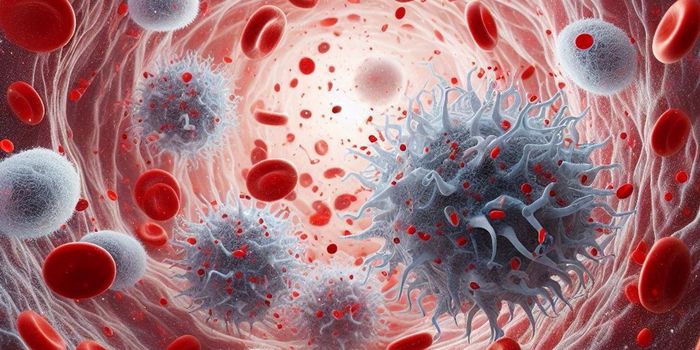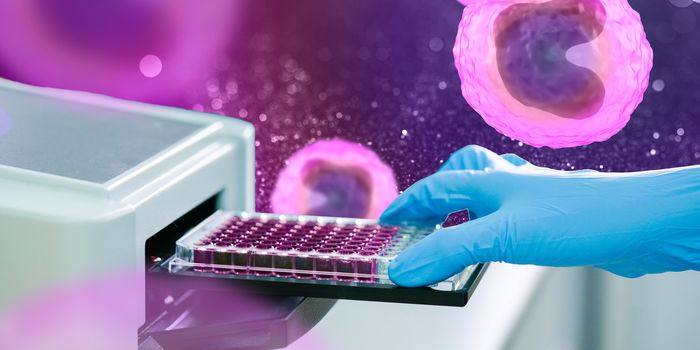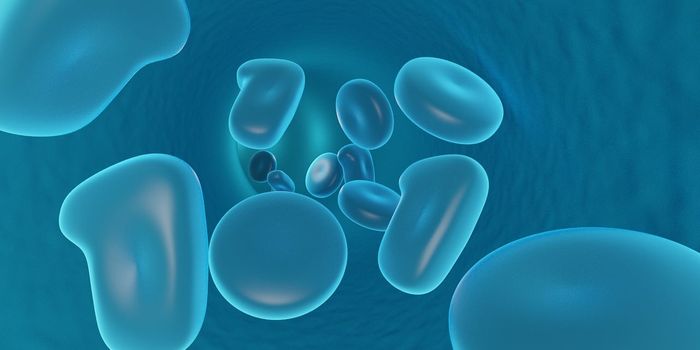A Urine Test to Screen for Cancer?
Devices used to measure biological readouts, known as biosensors, determine the concentration of a particular substance in a biological sample. While you may not recognize the name, you are probably familiar with or have even used biosensors. Home pregnancy tests, glucose monitoring sensors, and COVID-19 rapid antigen tests represent some common examples of biosensors.
When detecting a biological substance in a fluid sample, such as blood or urine, a sensor differentiates between the presence or absence of the substance. For example, a home pregnancy test detects a hormone called human chorionic gonadotrophin (hCG) in the urine. The placenta produces hCG, so our ability to sense it in the urine allows for highly sensitive and specific testing for pregnancy.
Point-of-care (POC) testing, characterized as screening methodologies conducted quickly with minimal invasiveness, often utilizes biosensor technologies. POC testing benefits patient care in many ways, including reducing the time needed to determine and implement appropriate treatment regimens.
Increased time between diagnosis and treatment confers poor outcomes in many malignancies, including colon and lung cancer. Thus, any progress made toward speeding up cancer diagnoses could directly impact survivorship.
The application of biosensor technology to cancer diagnostics could make a meaningful impact. A team of researchers sought to explore the possibility of using a biosensor to diagnose cancer from urine samples. Their findings, recently published in Biosensors and Bioelectronics, demonstrate a novel biosensor's utility in identifying metabolites, such as creatine, tryptophan, and adenine, associated with prostate and pancreatic cancers.
The technology described in the study only requires a small volume of urine (10 microliters). Urine is applied to the sensor strip and quickly absorbed onto the paper-based sensor. The researchers achieved a readout using a handheld surface-enhanced Raman scattering (SERS) device. SERS, an optical technique that amplifies signals from the molecules absorbed into the sensor, produces spectra based on all the metabolites found in the sample.
The researchers obtained urine samples from 38 prostate cancer patients, 19 pancreatic cancer patients, and demographically matched healthy individuals with no history of cancer. After generating SERS spectra from these samples, the researchers applied two deep learning models (recurrent neural network and convolutional neural network). Deep learning models utilize artificial neural networks to learn how to make predictions and classifications. In the case of the current study, the models aimed to accurately differentiate urine from an individual with and one without cancer.
The researchers then applied their model to large, established datasets resulting in successful classification of samples from prostate and pancreatic cancer patients with about 99% accuracy.
The technology presented in this study utilizes a paper test strip, a handheld spectrometer, and a small urine sample to identify pancreatic and prostate cancer quickly and in a non-invasive manner. While further validation of this novel POC test method is needed before clinical application, this technology has significant potential to accelerate the diagnosis of these and other malignancies.
Sources: Essays Biochem, BMJ, JAMA Network, Biosens Bioelecton, Chem Sci, J Big Data









